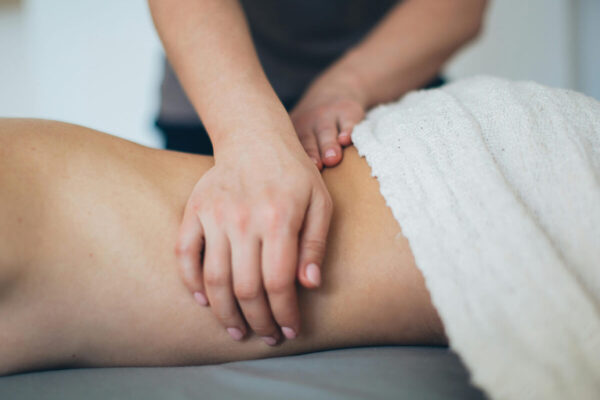8 Tips for Making the Most of Physical Therapy
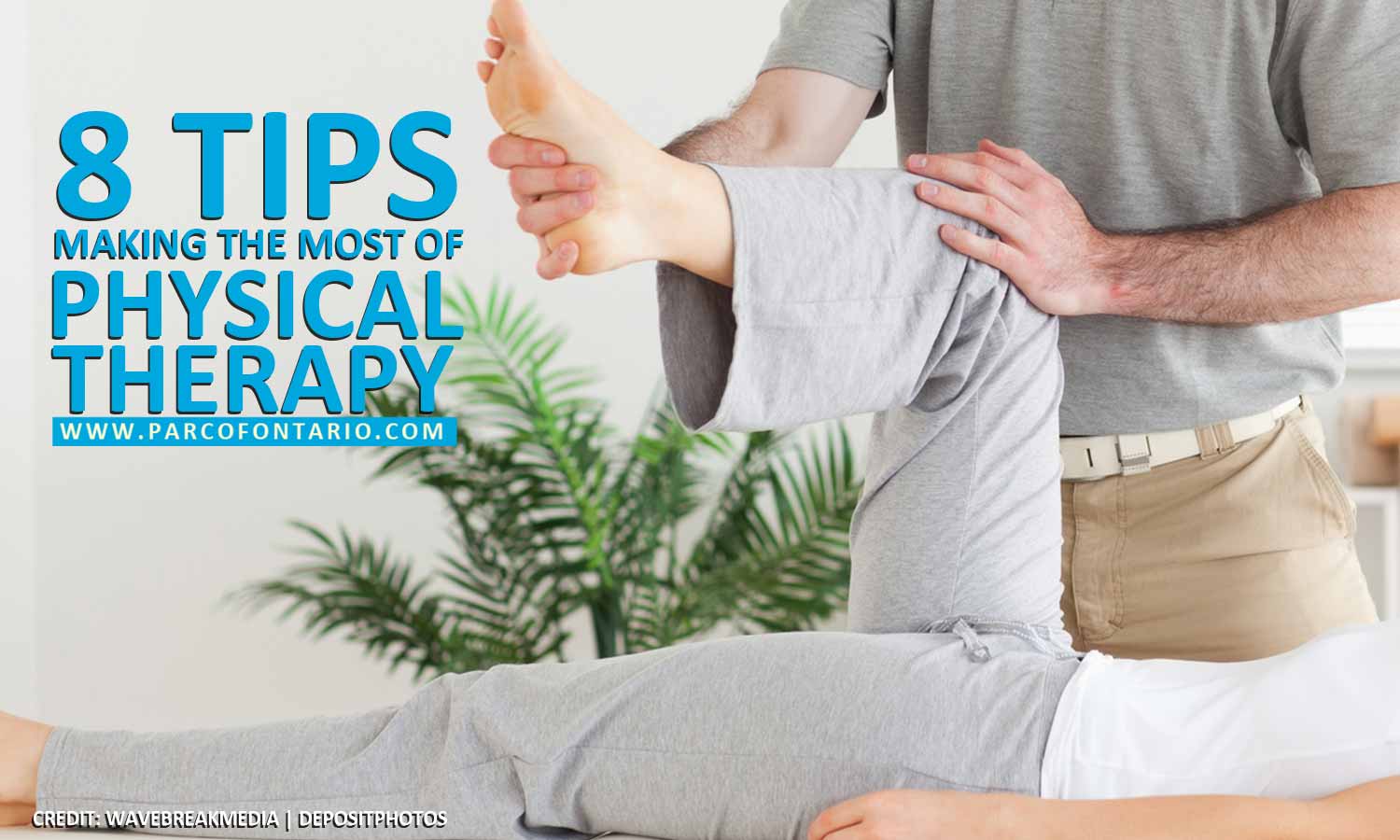
There are plenty of reasons you may need physical therapy. Whether it’s for speeding up post-surgery recovery, overcoming accident-related trauma, or getting help with sports therapy, physical therapy can be a powerful tool for helping you get back on your feet. Whatever the reason, most people would like to maximize their sessions to get better faster.
Here are a few tips to help you make the most of your physical therapy and boost recovery time.
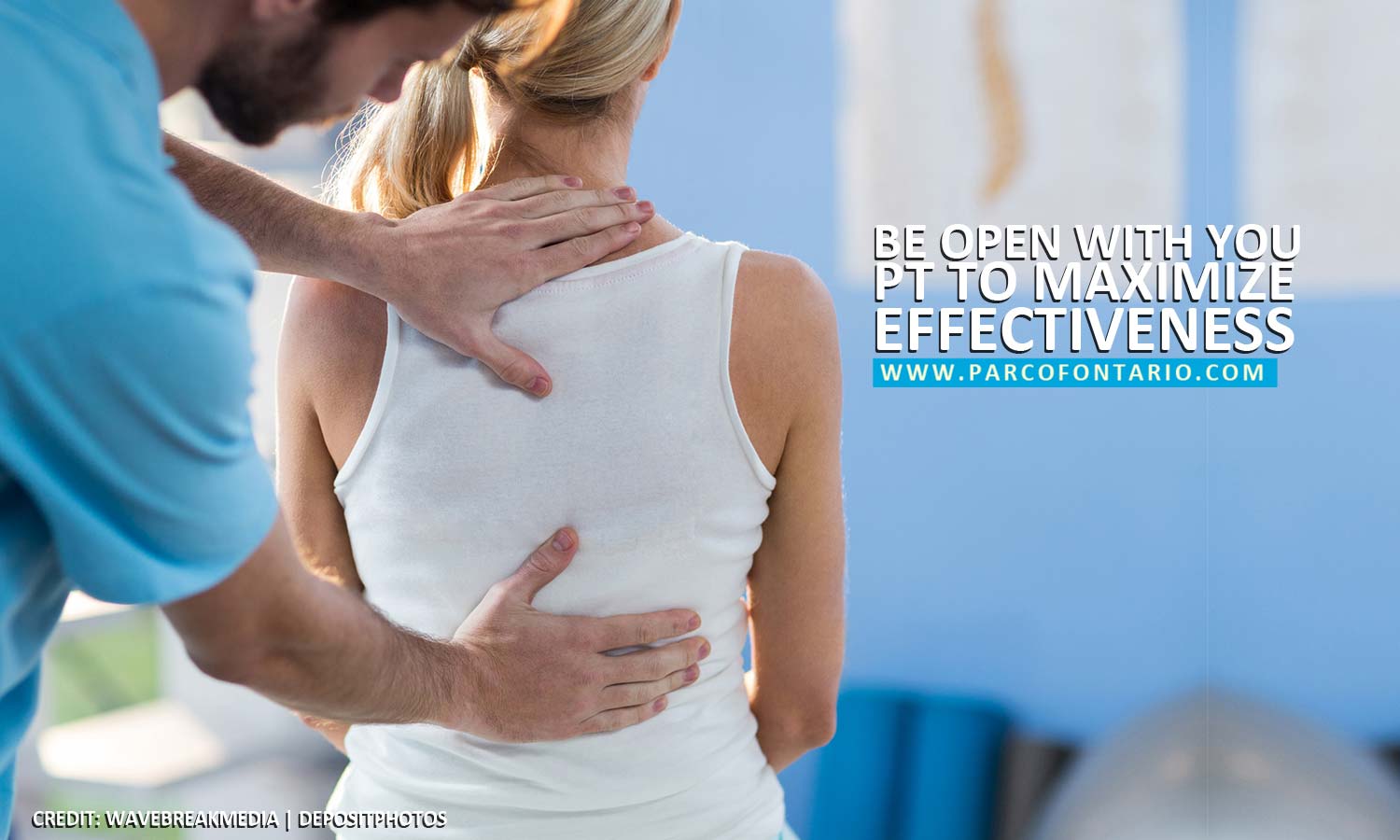
1. Communicate with your therapist
Being open with your physical therapist is a sure way to maximize the effectiveness of treatment. It’s always important to communicate with your therapist. Open communication lets a PT know if something hurts or you’re experiencing difficulty during treatment. It’s common for exercises to cause some discomfort when working out parts of the body that haven’t fully recovered.
However, in case of anything beyond mild discomfort, share it with your therapist. They can adjust the exercise or try a different approach. Remember, therapists are there to help — sharing any issues helps them do just that.
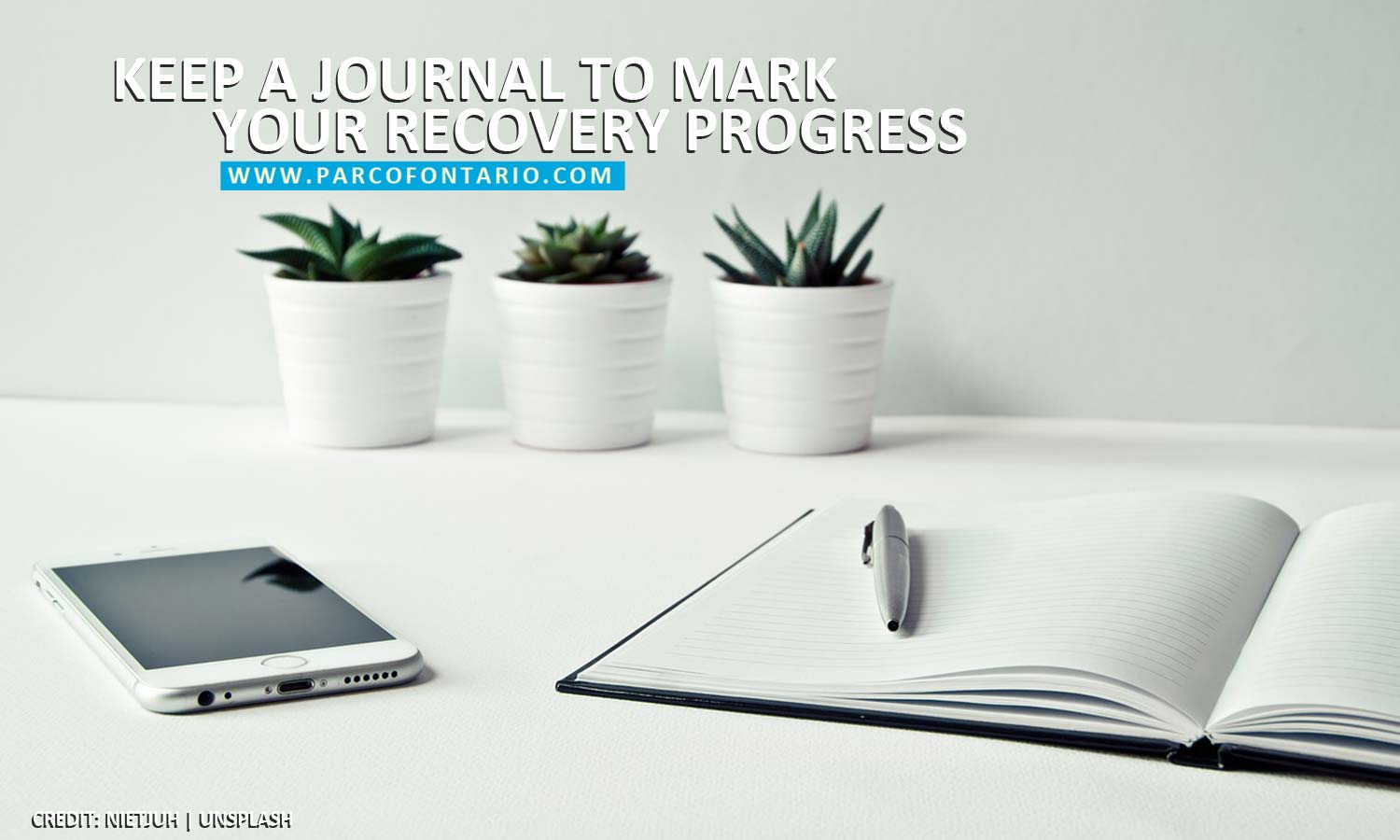
2. Take notes
Keeping a journal does more than help manage anxieties; it’s also a great way to log your progress as you get better. Think of it as a way of being an active partner in your rehab process. You can also use your notes to keep track of any pains that flare up during therapy.
Share your findings with your therapist, especially if you feel pain or weakness during exercise. This information helps your therapist track your progress and allows them to tailor your therapy to your needs for more effective healing. Your journal is also a good way to keep yourself motivated and hopeful for the future. Recovery is often slow; having a concrete record of your progress helps you see just how far you’ve come. As you recover, it’s also crucial you look after your mental health. Record how you feel (happy, sad, hopeful) to monitor your mental state.
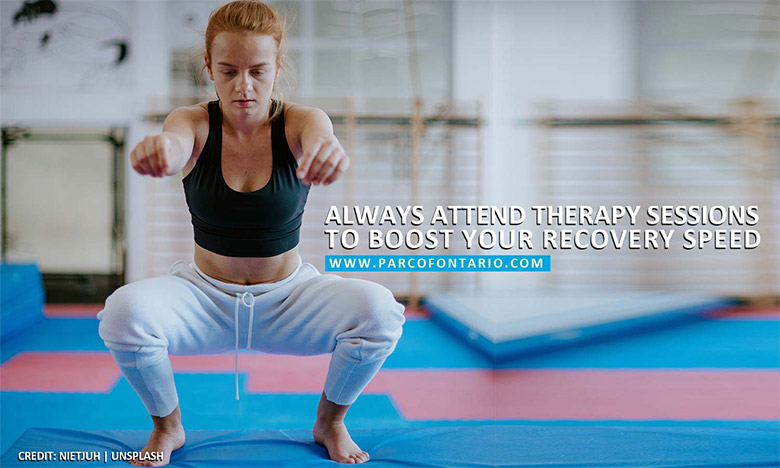
3. Commit to therapy
How many appointments you have for therapy often depends on your injury. Minor injuries may only need a few sessions, while more serious injuries may take several weeks or months. However long your therapy takes, it’s vital you follow your treatment plan to see optimal results. Make sure you attend your appointments and do your exercises to boost your healing.
Treatment tends to go through much faster when you take therapy seriously. On that note, sticking to appointments is key to a speedy recovery. Refrain from skipping any sessions; make sure you stay on track concerning recuperation. One common reason many patients give for skipping is sudden flare-ups of pain. However, PTs have the skills to help on days when the pain surfaces. Visit your therapist so they can adjust your treatment for that day to address and soothe the pain.
4. Set goals
One vital part of the recovery process is giving yourself concrete goals to work toward. Think about what you want after you’re done with rehab. Do you want to be able to play sports again, or simply get out of your chair more easily? Whatever your objective, your therapist can help tailor your treatment for your needs and help you achieve that goal. While athletes are the most likely to need physiotherapy, anyone who needs therapy can set their own targets to get the care they require.
Be realistic with your goals, and adjust your expectations accordingly. Also, keep your short-term objectives in mind. Even the small wins matter — they eventually build up to your long-term goal.
5. Dress the part
When it comes to medical procedures, the clothes you wear often make a large difference in your experience and the results of therapy. Just as in any operation, remember to wear comfortable clothes to therapy sessions. Pick something breathable and easy to move in that you won’t mind getting a little dirty.
Therapy often involves stretching exercises to stimulate the joints and muscles, so wear clothes that won’t impede movement. It’s also a good idea to wear comfy clothes even on your first day when you’re not sure what sort of exercises you’ll be assigned. If your therapist gives you homework, they may watch you do your exercises to make sure you’re doing them right.

6. Do your homework
Physical therapy doesn’t end when you leave the clinic. Therapists often assign extra exercises for you to do at home to help you keep up your strength. Most people only see their therapists once or twice a week, so your homework helps you maintain progress on your own.
The exercises also improve your muscle strength and joint mobility to get you back to your previous level of fitness. It’s critical to your recovery that you take them seriously and follow your therapist’s instructions. Recovery is much like exercise. You won’t see results right away, so it’s vital you put in the time if you want to see any progress.
7. Be patient
It’s normal for many patients to want to get back to their old levels of strength right away. Many patients, especially the active ones, would prefer to get back to their normal routines of exercising. But it’s important to take things slow as you recover. Your body needs time to rest and recuperate. Similarly, you need to give yourself enough time to build up to your previous level of fitness. Be patient and follow your therapist’s instructions to recover at a healthy pace.
It’s particularly important you follow instructions regarding at-home exercise. It may be tempting to sneak in a few more reps or increase the weight, but those exercises are designed for your current level of fitness. Stick to what you’ve been told to do to avoid straining your body when it isn’t fully recovered yet.
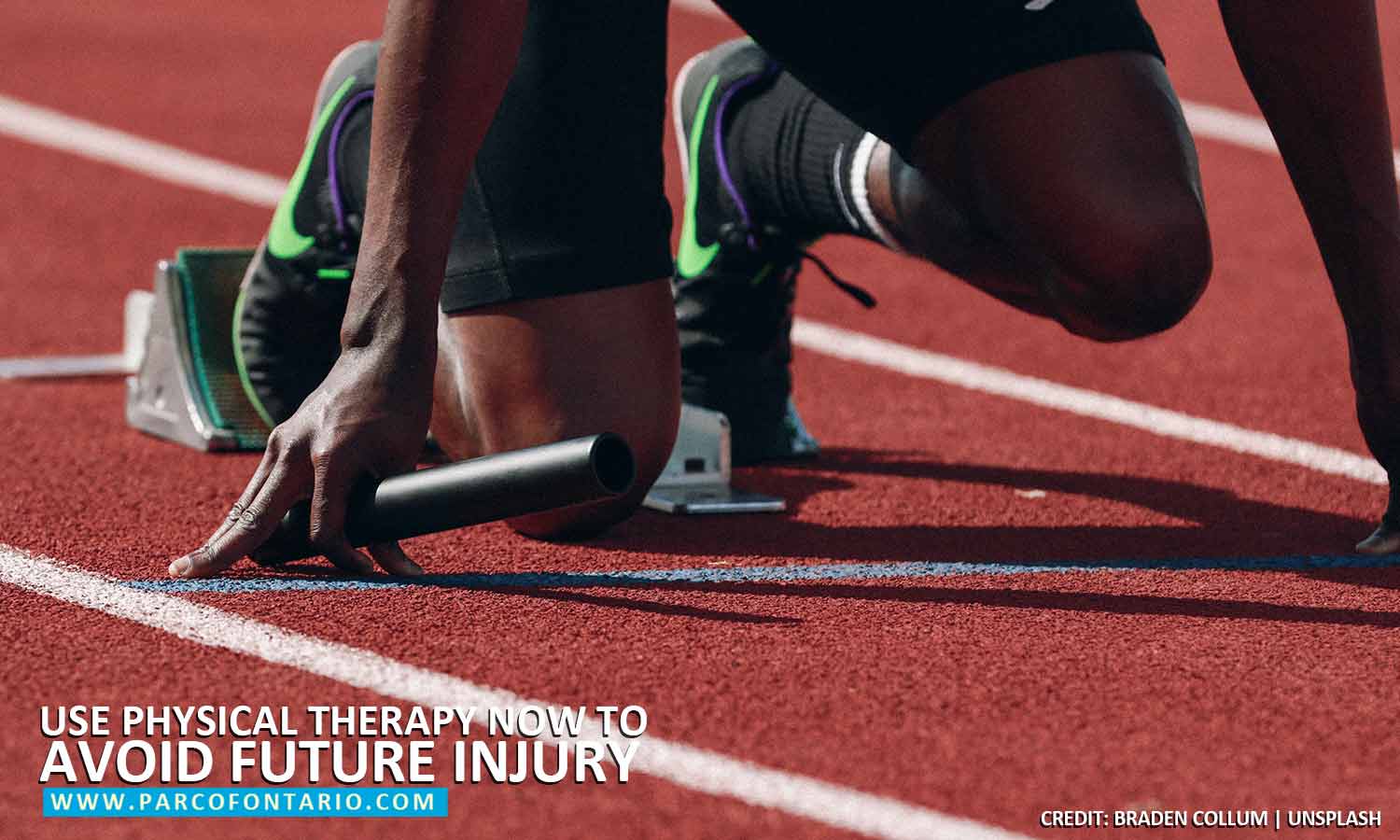
8. Prepare for the future
One advantage of physical therapy is helping you avoid getting the injury again. Ask your PT key questions to protect yourself and prevent similar injuries from moving forward. It’s especially important for athletes to look into ways to prevent sports injuries.
As an athlete, your health is your most important resource. Therapy is about more than getting you back to full strength; it’s also about teaching you the “why” behind the treatment to help you protect yourself. Going the extra mile here and now is a great way to look after yourself long after you’re done with the treatment.
It’s always in your best interest to put some effort into your treatment plan. The more seriously you take your therapy sessions, the sooner you can get back to your old routine.
Your physical therapist plays a major role in helping you get better, but so do you. Keeping open communication with your therapist and holding yourself accountable for your recovery are great ways to make physical therapy all the more effective. Keep these tips in mind to help yourself on the road to recovery and get a fresh start.
When looking for a physical therapy clinic that puts its patients first, look no further than Physiotherapy and Rehabilitation Centres of Ontario. Our professionals are here to provide personalized treatment to help you overcome your particular problem and get you back on your feet. Give us a call now at our Oshawa centre at (905) 579-9938 and inquire of our physical therapy services to help you get your strength back. Contact our other locations in Ontario at (647)-352-1100 or (416) 430-0314 for Scarborough, (905) 897-2092 for Mississauga, (905) 686-9081 for Ajax, and (905) 430-2112 for Whitby.
